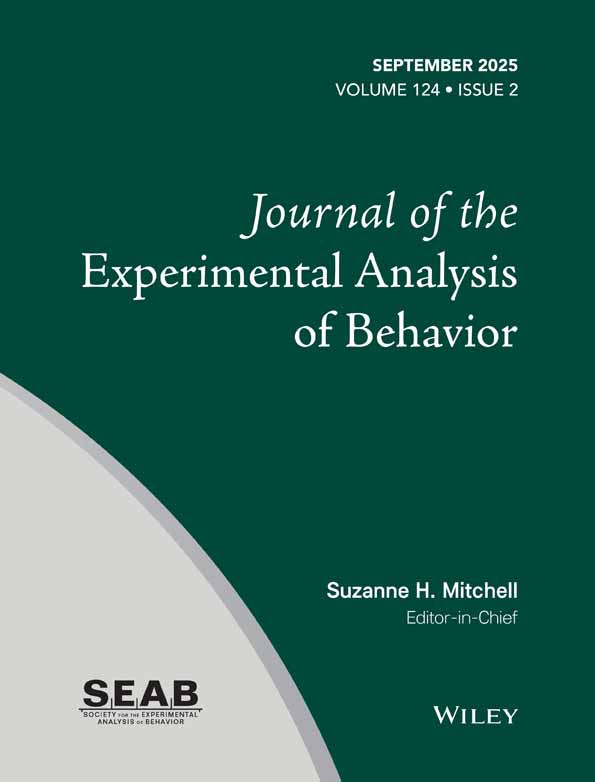OPERANT CONDITIONING IN THE BAT PHYLLOSTOMUS HASTATUS1,2
This research was supported by National Science Foundation Grants GB 7617 and GB 20103 to J. M. Harrison, by the Graduate School of Boston University, and by National Science Foundation Graduate and National Institute of Neurological Diseases and Stroke Postdoctoral Fellowships to the author.
My thanks to the staff of the William Beebe Tropical Research Station (O. M. Buchanan, Director) in Trinidad, West Indies, where I collected the bats, and to Drs. Donald R. Griffin and Jack W. Bradbury for making the trip possible.
Abstract
Bats of the species Phyllostomus hastatus were trained to press a pigeon key with food as the reinforcer. Patterns of responding under fixed-ratio, fixed-interval, and variable-interval schedules of reinforcement were similar to those typically shown by other species. In a simple auditory discrimination, responding readily came under stimulus control. It is suggested that the behavioral method could be applied to various problem areas of bat behavior.




